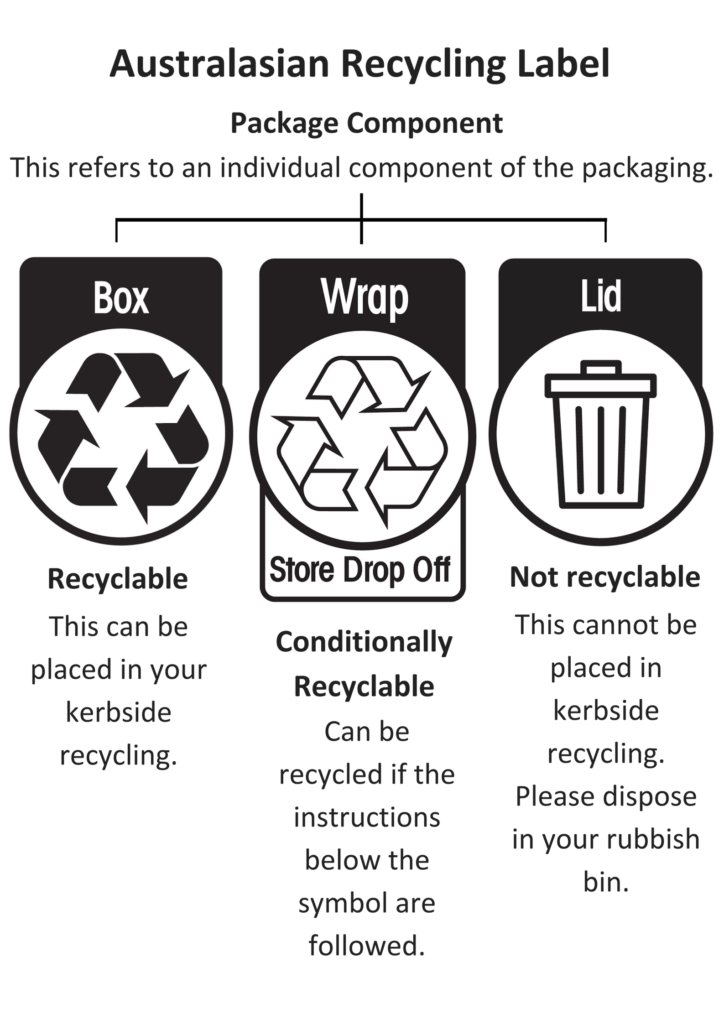Understanding Plastic Identification Codes (PICs)
News and Events / News
Plastic products often feature a Plastics Identification Code (PIC) triangle also known as a Resin Identification Code. It is a classification system created by plastic manufacturers to identify the type of plastic used to make a product.
The codes are usually found stamped or printed on the bottom of products and show a number from 1 to 7 inside a triangle with chasing arrows. PICs always appear inside a triangle. Other numbers that appear on their own, with letters, or inside circles or squares are used by manufacturers for other reasons not related to plastic identification.
The codes on their own are not a reliable guide as to what can be recycled in kerbside recycling bins because each type of plastic can be used in various ways and made into various types of objects by manufacturers.
Different items with the same PIC can have different:
- textures (e.g. hard bottle or bendable film)
- sizes
- compositions (e.g. containers or fibres) and
- colours
… all of which influence whether items can be recycled and how or where.
For example, all of the following items can be made from the same type of plastic and stamped with a PIC of 1: soft drink bottles, clothing, carpet fibre, and clear film (among many others), but only soft drink bottles could be recycled in a kerbside bin.
Because of this variety, the Plastic Identification Code triangle is not usually used in recycling yes / no lists in Tasmania. Currently for kerbside recycling in Tasmania, the basic ‘rules’ related to PICs are:
– No items with a PIC of 6 (polystyrene and expanded polystyrene) or 7 (other plastics)
– No items that do not display a PIC on the container or specific recycling instructions on the label.
Otherwise, as a general guide, household containers made of hard plastic (e.g. rigid bottles or tubs) with a PIC of 1, 2 or 5 can most commonly be recycled in kerbside bins.
Soft plastics (e.g. shopping bags), regardless of the PIC cannot be recycled in kerbside bins. Many types of soft plastics can be recycled in REDCycle recycling bins in supermarkets instead.
Check the ‘What to REDCycle’ information at redcycle.net.au for the current list of soft plastic items that can be recycled at supermarkets.
| PIC | Plastic type | Example uses that CANNOT be recycled in kerbside bins |
| 1 | PET: Polyethylene Terephthalate | Clothing. Rope. Sleeping bag filling. |
| 2 | HDPE: High Density Polyethylene | Plastic cutting boards. Plastic pipes. |
| 3 | V or PVC: Polyvinyl Chloride | Plumbing pipes. Tiles. Hazardous chemical containers. |
| 4 | LDPE: Low Density Polyethylene | Shopping bags. Cling film. Squeezable bottles. |
| 5 | PP: Polypropylene | Toys. Luggage. Crisp packets (mixed with foil). |
| 6 | PS or EPS: Polystyrene or Expanded Polystyrene | Hot drink cups. Plastic cutlery. Packing foam. |
| 7 | OTHER: Types not included above | Compact discs. Furniture. Nylon thread. |
Keep an eye out for the Australasian Recycling Label on packages.
These show how to dispose of different materials contained in an item, including soft plastics.

If you’re unsure what items can be recycled in your area, contact your local council or send a question to Rethink Waste Tasmania on social media for advice. We also have more recycling tips and advice on our Tasmanian Recycling webpage.
Thanks for being a Good Sort!
